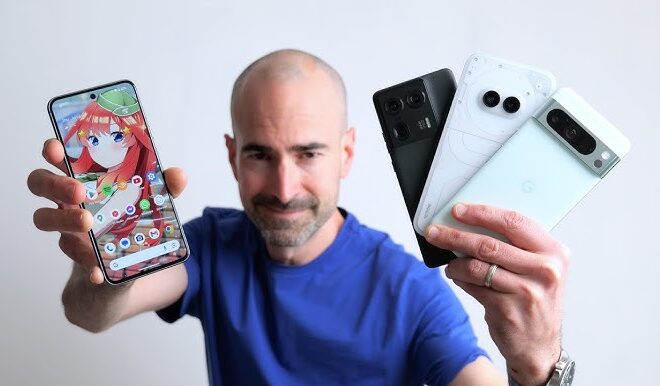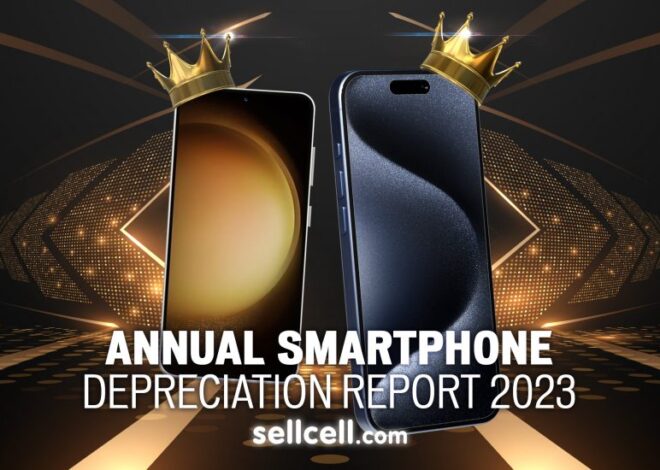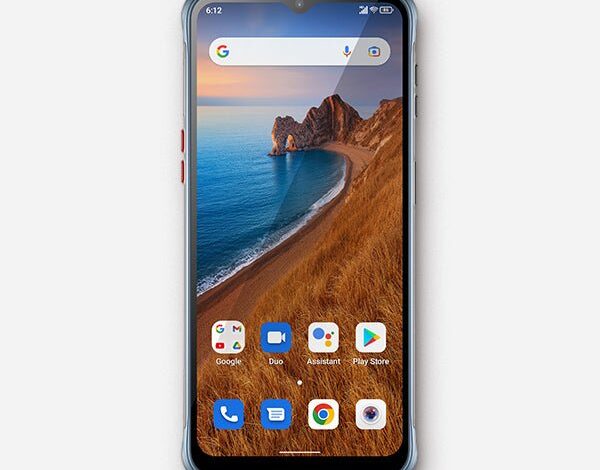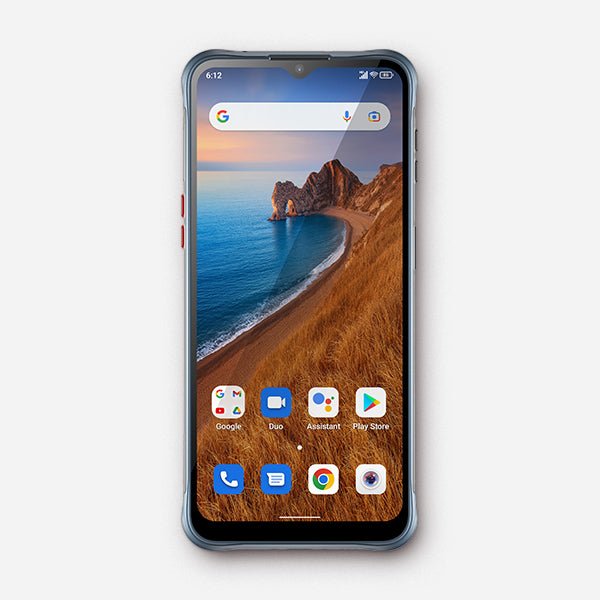
The Mid-Range Revolution: How New Contenders are Redefining Value in Android Phones
The Shifting Landscape of Android Smartphones
For years, the smartphone market has been dominated by a predictable dichotomy: ultra-premium flagship devices commanding top-dollar prices and a sea of budget-friendly phones making significant compromises. However, the latest Android news reveals a powerful shift in the industry. A new breed of “premium mid-range” Android phones is emerging, blurring the lines between categories and challenging the notion that cutting-edge features are reserved for the most expensive models. These devices are not just about offering decent specifications for a lower price; they represent a fundamental change in product philosophy, focusing on delivering a holistic, high-quality user experience without the flagship price tag. This movement is forcing consumers and competitors alike to reconsider what a smartphone can and should offer for under $400. This article delves into this exciting trend, using a new market entrant as a case study to explore how design, performance, and software are being re-imagined to create exceptional value in the world of Android gadgets.
Section 1: Deconstructing the Hype: A New Formula for Success
The buzz surrounding these new mid-range challengers isn’t just about a single killer feature. It’s about the intelligent combination of components, a refined design philosophy, and a commitment to the user experience that, when combined, create a product that feels far more expensive than it is. They achieve this by focusing on the elements that matter most in day-to-day use while making smart compromises in areas less critical to the average user.
Core Philosophy and Design
Unlike many budget-oriented devices that rely on plastic builds and generic designs, the new wave of premium mid-rangers emphasizes craftsmanship and materials. We’re seeing devices constructed with recycled aluminum frames, matte-finished glass backs that resist fingerprints, and tighter manufacturing tolerances that result in a more solid, premium feel in the hand. The design language often leans towards minimalism, eschewing flashy colors and unnecessary branding for a clean, sophisticated aesthetic. This focus on tactile quality and visual simplicity is a direct challenge to the idea that affordable phones must look and feel cheap. By investing in design, these brands build an immediate emotional connection with the user, making the device feel like a thoughtful piece of technology rather than a mere commodity.
Key Specifications at a Glance
To understand how these phones deliver such impressive value, it’s crucial to look at the hardware choices. They don’t aim for the absolute best in every category, but instead select high-quality components where they will have the most impact. Here’s a typical specification sheet for a device in this category, priced around the $379 mark:
- Display: 6.5-inch FHD+ (2400×1080) Flexible OLED with a 120Hz adaptive refresh rate and 1300 nits peak brightness.
- Processor: A modern, power-efficient mid-range chipset like the Qualcomm Snapdragon 7s Gen 2 or MediaTek Dimensity 7200.
- RAM & Storage: 8GB or 12GB of LPDDR4X RAM paired with 128GB or 256GB of UFS 2.2 storage.
- Main Camera: A high-quality 50MP primary sensor (like the Sony IMX882) with Optical Image Stabilization (OIS), often complemented by a functional 8MP ultrawide lens.
- Software: A near-stock version of the latest Android OS, with a clear and committed update policy (e.g., 3 years of OS updates and 4 years of security patches).
- Build: Gorilla Glass 5 front, aluminum frame, and an IP54 rating for dust and splash resistance.
*Battery & Charging: A large 5,000mAh battery coupled with 45W wired fast charging.
This combination is potent. The 120Hz OLED display and large battery with fast charging directly enhance the daily user experience, while the capable processor ensures smooth performance for all but the most demanding 3D games. The camera system prioritizes a single, excellent main sensor over multiple mediocre ones, a common pitfall in cheaper Android phones.
Section 2: A Deep Dive into Performance and Real-World Use
Specifications on a page only tell part of the story. The true test of any smartphone is how it performs in the real world. This is where these new mid-range Android gadgets truly shine, translating their well-chosen hardware into a fluid, reliable, and often delightful user experience.

The Display: A Visual Centerpiece
The single most significant feature elevating these devices is the display. Traditionally, sub-$400 phones came with LCD panels or lower-quality OLEDs with 60Hz or 90Hz refresh rates. The inclusion of a bright, color-accurate 120Hz OLED panel is a game-changer. In practice, this means everything from scrolling through social media feeds and web pages to navigating the user interface feels incredibly smooth and responsive. The high peak brightness ensures excellent outdoor visibility, while the inherent properties of OLED technology provide deep, inky blacks and vibrant colors, making video consumption a joy. When placed side-by-side with older devices in the same price bracket, the difference is immediately and starkly apparent. This is no longer a feature reserved for flagships; it’s becoming the new standard for a quality user experience.
Processing Power: Smart, Not Superfluous
While these phones don’t use flagship processors like the Snapdragon 8 Gen 3, their mid-range chipsets are more than capable for the vast majority of users. A chip like the Snapdragon 7s Gen 2 is built on a modern, efficient manufacturing process, which provides two key benefits: performance and battery life.
Real-World Scenario: Imagine a typical user’s day. They start by browsing Android news over breakfast, stream music during their commute, juggle emails and messages throughout the workday, take a few photos and a short video in the evening, and end the day with some light gaming or watching YouTube. The chosen processor handles all of this without any noticeable lag or stutter. Where it might fall short is in exporting a 10-minute 4K video file or playing a graphically intensive game like Genshin Impact at the highest settings. However, for 95% of tasks, the performance is indistinguishable from a flagship, and the efficiency gains mean the 5,000mAh battery can comfortably last a full day and often into the next.
Camera Capabilities: Quality Over Quantity
The camera system is another area of intelligent compromise. Instead of cramming in useless 2MP macro and depth sensors to inflate the camera count, these manufacturers invest in a high-quality primary sensor with OIS. Optical Image Stabilization is crucial, as it physically compensates for hand shake, resulting in sharper photos in good light and dramatically better, less blurry images in low-light conditions. The software processing is tuned to deliver pleasing, natural-looking photos without the overly aggressive saturation seen in some competitors. While it may not have the advanced zoom capabilities or the computational photography magic of a Google Pixel, the main camera is reliable, versatile, and produces images that are more than good enough for social media and preserving memories.
Section 3: Software, Longevity, and the Broader Ecosystem
Hardware is only half the equation. The most significant differentiator for many of these new Android phones is their clean, user-centric approach to software and a commitment to long-term support, which directly impacts the device’s usability and value over time.
The Purity of a Clean OS
One of the most common complaints about Android phones, particularly in the budget and mid-range segments, is bloatware and heavily modified software skins. These not only consume storage and system resources but can also lead to a confusing and inconsistent user experience. The new contenders are taking a different path, offering a near-stock version of Android. This approach has several advantages:
- Performance: A lighter OS requires less processing power, leading to a faster, more responsive feel throughout the system.
- Usability: Users get a clean, intuitive interface without duplicate apps or unwanted third-party services pushed on them.
- Faster Updates: With fewer modifications to make, manufacturers can test and roll out new Android OS versions and security patches more quickly.
This “less is more” philosophy respects the user and contributes significantly to the overall premium feel of the device, making it a joy to use on a daily basis.
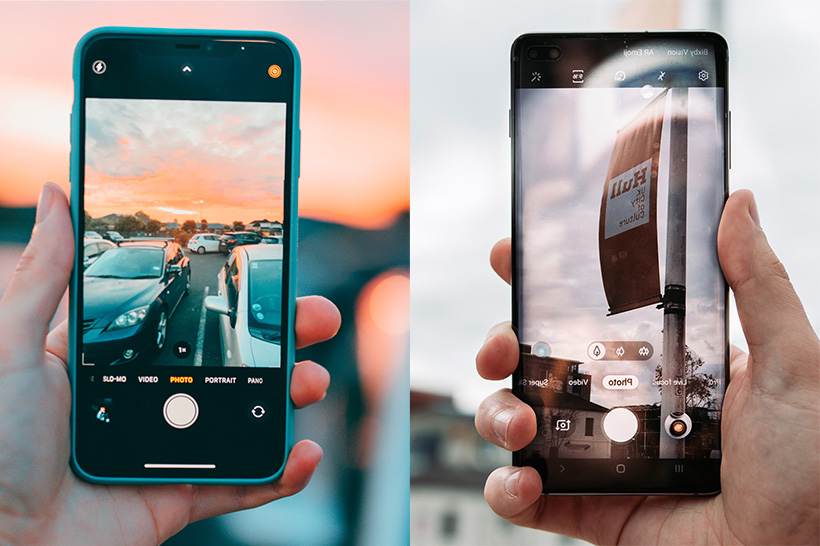
The Promise of Longevity: A New Value Proposition
Historically, one of the biggest drawbacks of buying a cheaper Android phone was poor software support. A device might be abandoned after just one major OS update, leaving it with outdated features and potential security vulnerabilities. Leading brands in this new mid-range wave are addressing this head-on by guaranteeing multiple years of support. A promise of 3 major OS updates and 4 years of security patches is a powerful statement. It means a phone purchased in 2024 on Android 14 will be updated through Android 17. This extends the useful life of the device, making it a much smarter long-term investment. This commitment builds trust and assures customers that their phone will remain secure and functional for years to come, dramatically increasing its overall value.
Section 4: Market Impact and Recommendations
The arrival of these powerful, well-priced Android phones is sending ripples through the market, forcing established players to adapt and providing consumers with more compelling choices than ever before.
The Competitive Landscape
These new devices compete directly with established mid-range kings like the Google Pixel “a” series and Samsung’s Galaxy “A” series. The comparison reveals a fascinating battle of philosophies:
- vs. Google Pixel A-Series: The Pixel typically wins on camera software and computational photography, offering features like Magic Eraser. However, the new challengers often counter with a more premium design, a faster-refresh-rate display, and faster charging speeds for a similar or lower price.
- vs. Samsung Galaxy A-Series: Samsung offers a robust feature set and a long update promise. However, its One UI software can feel heavy to some, and the new contenders often provide a cleaner software experience and a more powerful processor for the price.
The choice for the consumer is no longer simple. It’s a trade-off between the best camera software (Pixel), a feature-packed ecosystem (Samsung), or a balanced package focused on design, display, and clean software (the new challengers).
Who Should Buy These Phones?
This new category of Android phones is ideal for a wide range of users:
- The Pragmatic Tech Enthusiast: Someone who appreciates great technology and a smooth user experience but doesn’t want to spend $1000+ on features they’ll rarely use.
- The Average Consumer: Anyone looking for a reliable, fast, and long-lasting phone that looks and feels premium without breaking the bank.
- The Stock Android Purist: Users who despise bloatware and want a clean, Google-like software experience without buying a Pixel.
However, it may not be the best fit for mobile gamers who need the absolute highest graphical performance or professional photographers who require advanced telephoto zoom and RAW imaging capabilities.
Tips and Considerations for Buyers
If you’re considering one of these devices, keep the following in mind:
- Storage Choices: With apps and photos growing in size, opting for a 256GB model is a wise investment for future-proofing, especially if the device lacks a microSD card slot.
- Check for Bundles: Manufacturers often offer launch promotions that include a free case or a discount on wireless earbuds, adding to the overall value.
- The Charger Situation: To cut costs and reduce e-waste, many of these phones do not include a charging brick in the box. Ensure you have a compatible fast charger (e.g., a 45W USB-PD brick) to take advantage of the top charging speeds.
Conclusion: A Win for the Consumer
The rise of the premium mid-range smartphone is one of the most exciting developments in the world of Android gadgets. These devices prove that a thoughtful approach to design, intelligent hardware selection, and a commitment to a clean, well-supported software experience can deliver incredible value. They are successfully challenging the status quo, forcing the entire industry to innovate and offer more for less. For consumers, this is an unmitigated win. It means access to faster, better-looking, and longer-lasting Android phones at a price point that is more accessible than ever. The mid-range is no longer a category of compromise; it is the new battleground for innovation, and the results are putting flagship-level experiences into the hands of millions.

